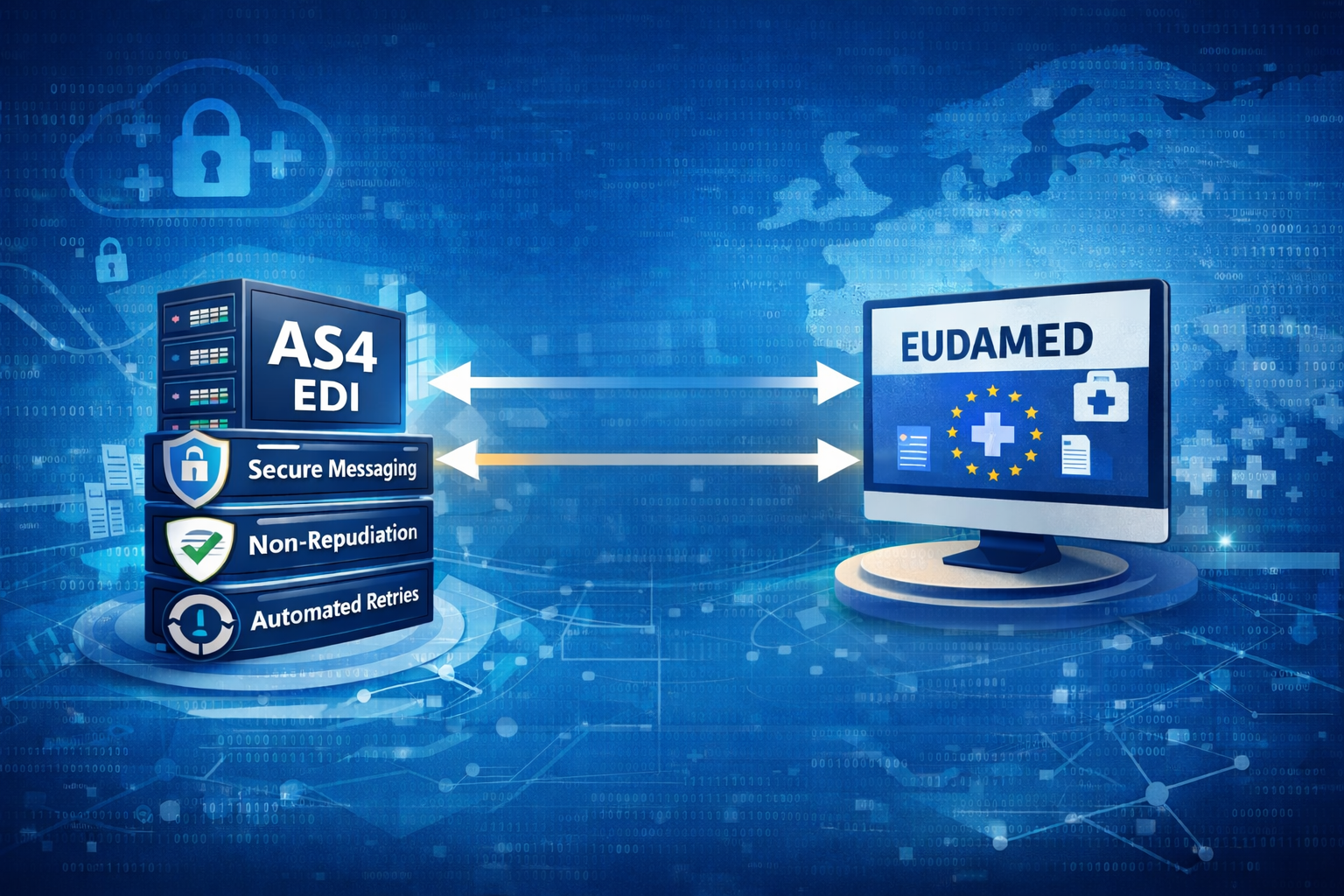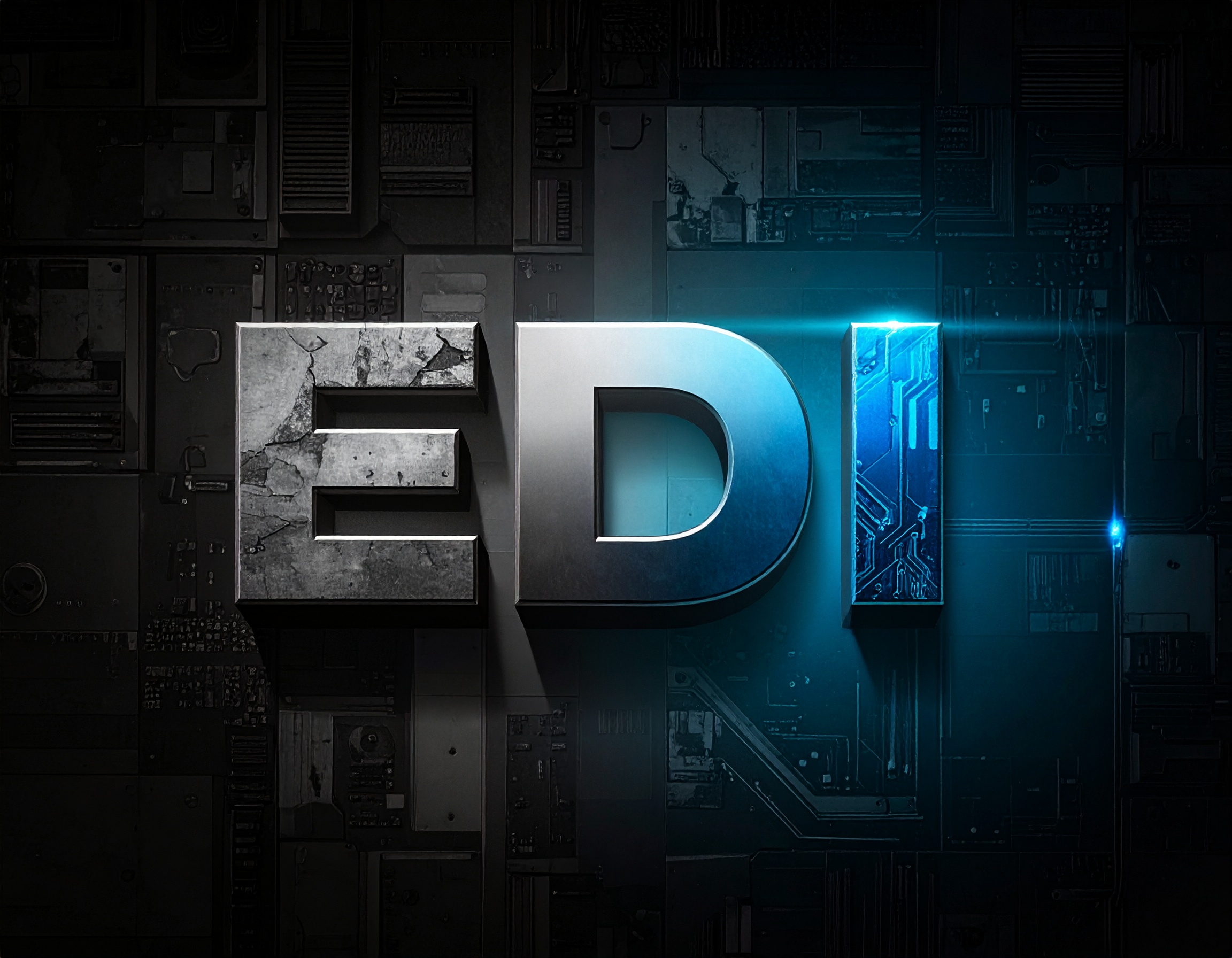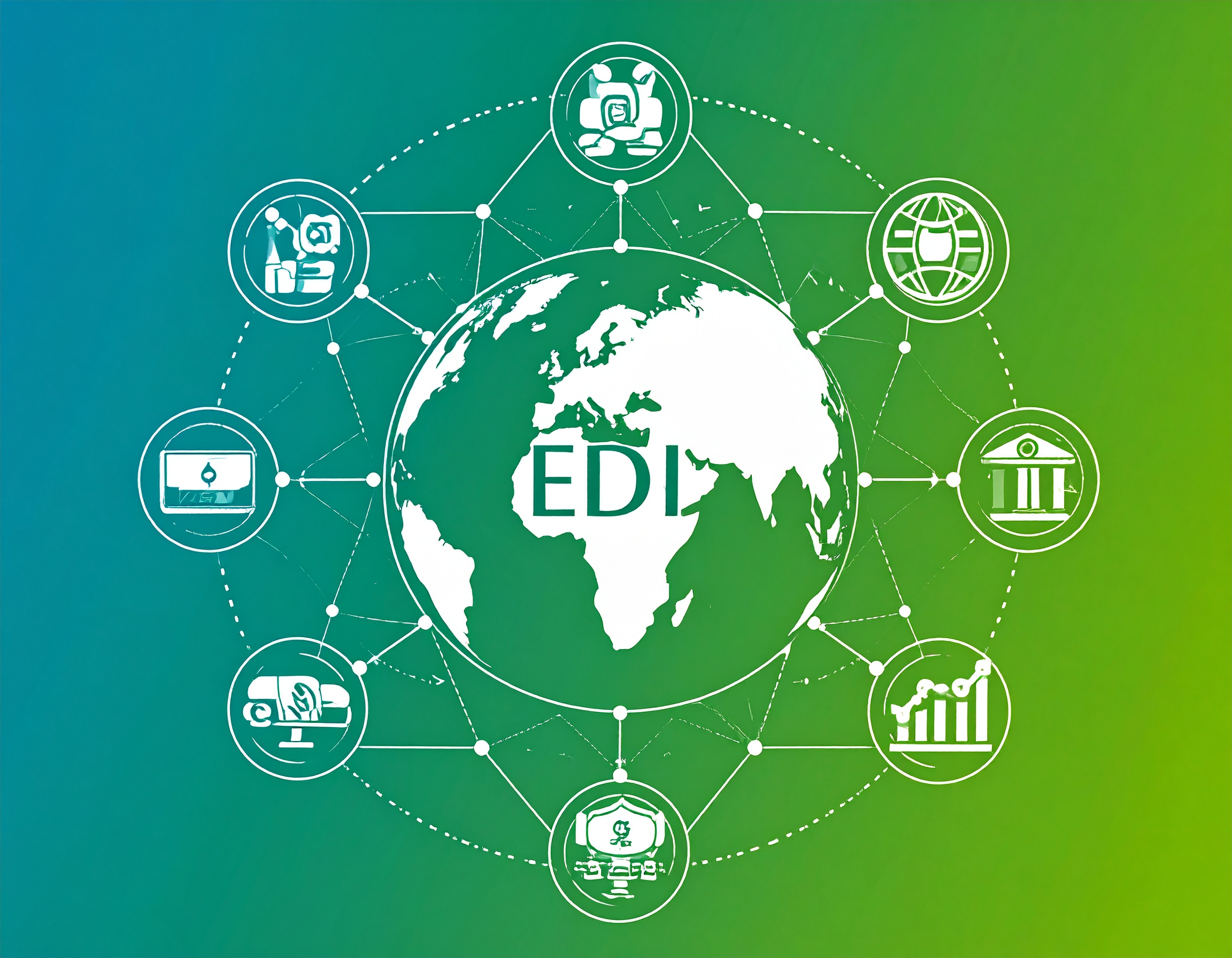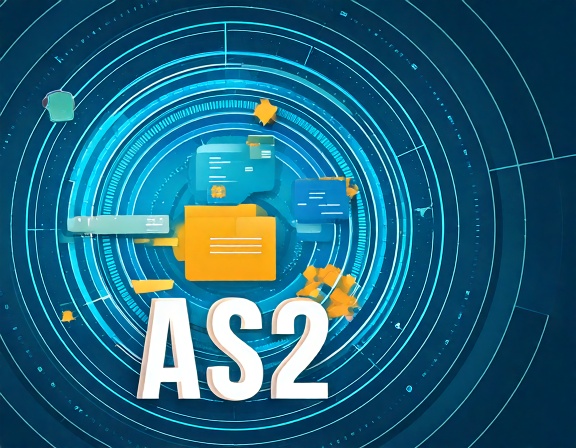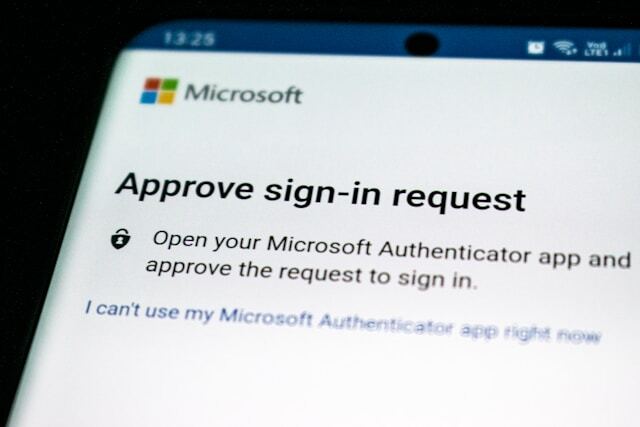MFT Gateway is a hosted Software as a Service (SaaS) solution that enables file exchange over the AS2 or SFTP protocol, without the need to install or maintain.
- Blog
- Critical Indicators of a Broken EDI Integration
EDI
Critical Indicators of a Broken EDI Integration
Identify signs of broken EDI integration and fix them with Aayu Technologies' EDI Generator – a scalable, secure, and cost-effective solution for seamless B2B file transfers.

Indunil Rajapakse
Published: 13 Feb 2025

Electronic Data Interchange (EDI) is a technology that allows firms to exchange business documents in a standard electronic format with trading partners, significantly enhancing the ease of doing business. It lowers human error, saves time, automates data sharing, protects against costly mistakes, and ensures document formatting consistency. EDI consists of electronic business papers that convey large volumes of data directly between computer applications, defining the position and arrangement of information in a predefined document format that enables EDI trading partners to communicate purchasing and selling choices inside a business transaction.
Businesses use EDI integration solutions to exchange various documents, like invoices and purchase orders, more efficiently. However, when an EDI integration fails or performs poorly, it can severely disrupt business operations by interrupting supply chains, delaying order processing, and causing compliance issues. Such failures result in delays, inaccuracies, and inefficiencies.
Let’s explore the reasons behind EDI integration failures, the impact of EDI system breakdowns, and effective ways to repair a broken EDI system.
Critical risk factors that contribute to EDI integration failures
Security and Compliance Issues
Improper implementation can expose businesses to security flaws and compliance issues. Data breaches, unauthorized access, unsecured data transmission, noncompliance with industry regulations, partner noncompliance, malware, cyber threats, poor error handling, and the absence of disaster recovery and business continuity strategies are all examples of major security concerns. To mitigate these risks and maintain secure and compliant EDI integration, businesses must secure their EDI infrastructure, monitor transactions, and implement strong compliance controls.
Implementing multi-factor authentication, role-based access controls, and conducting regular audits are examples of mitigation techniques. Unsecured data transmission is another significant risk, as EDI transactions involve the exchange of business-critical information. Mitigation strategies for this include using secure communication protocols, encryption, and non-repudiation procedures.
High Failure Rate for EDI Transactions
EDI errors can lead to delays, revenue loss, chargebacks, and operational inefficiencies. Common causes include errors in data formatting and mapping, connectivity and transmission issues, duplicate or missing transactions, delayed processing and system overload, compliance and business partner disputes, and inadequate error management and monitoring. To minimize EDI transaction failures, businesses should validate EDI data before transmission, monitor network connectivity, ensure compliance with trading partner regulations, utilize automated error-handling and transaction tracking tools, and migrate to a scalable, cloud-based EDI system.
Implementing real-time monitoring dashboards, along with automated error detection and correction, can help in reducing manual effort and boost productivity. Addressing these issues can significantly reduce EDI failures, improve efficiency, and lessen the impact on business operations.
Delayed EDI/Missing Acknowledgments
Acknowledgements such as 997 Functional Acknowledgments, 855 Purchase Order Acknowledgments, and 856 ASNs are critical for validating the receipt of transactions. Delays or missing acknowledgments can disrupt supply chains, cause payment delays, and lead to compliance issues. Partner system delays or failures, connectivity and transmission problems, EDI mapping and formatting difficulties, and acknowledgement routing issues are all common causes.
Solutions include automating monitoring, establishing SLA agreements between parties to define and govern EDI usage in the business relationship, validating documents generated by EDI before transmission, updating routing rules, and setting up real-time alerts for missing or delayed acknowledgments. Implementing real-time notifications, automating error handling, and utilizing cloud-based EDI systems can help alleviate issues caused by poor error management and monitoring. Businesses that adopt these best practices can ensure prompt EDI acknowledgments and minimize costly disruptions, preventing operational disturbances, payment delays, and compliance difficulties.
To ensure a smooth EDI integration with minimal disturbance, follow these steps:
-
Specify explicit objectives and expectations for EDI transactions.
-
Select an appropriate EDI system, whether on-premise, cloud-based, or hybrid.
-
Prepare for easy system integration by accurately mapping EDI to internal data fields in your ERP/WMS.
-
Use a gradual deployment to reduce disruptions.
-
Before going live, extensively test EDI transactions against trading partner criteria and simulate high-volume processing.
-
Encrypted protocols, role-based access control (RBAC), and industry standards assure EDI transaction security and compliance.
-
Set up real-time dashboards, automate notifications for failed transactions, and collect feedback from users and trading partners to optimize for ongoing improvement.
Businesses that follow these procedures can reduce downtime, enhance productivity, and strengthen trading partner relationships, resulting in a seamless EDI integration process.
Aayu Technologies: EDI, AS2 & B2B Managed File Transfer
EDI Generator is a cost-effective solution that simplifies EDI management by providing a user-friendly interface and connecting with B2B business applications. It offers a comprehensive solution for both small and large organizations, improving their operations. EDI Generator is a SaaS application that allows customers to view and print incoming EDI files, as well as generate Advance Ship Notices, invoices, load responses, shipping labels, and packing slips. The EDI Generator outbox includes a generic Compose EDI feature that lets you compose and send any EDI file to your partner in the same way that you would compose and send an email.
With EDI Generator, you need to only pay for the volume you use. The pricing is clear and transparent on the EDI Generator pricing page. There are no long-term agreements, startup costs, or hidden costs. No installation is required. A free trial allows you to get started in just a few steps. Use your cloud accounts, segregated hosted deployments, or on-premises installations to satisfy compliance needs.
The native serverless design of EDI Generator offers scalability and capacity while enabling communication with a large number of partners. It connects with business partners via the MFT Gateway or AS2 Gateway and converts EDI to JSON/XML for both incoming and outgoing EDI files for retail/logistics.
The EDI generator provides seamless supplier integration, ensuring secure and reliable EDI file transfers. Organizations can easily set up EDI integration processes using our EDI Gateway documentation support, ensuring data security and streamlined B2B operations via AS2 connection. Use EDI Generator’s state-of-the-art technology to improve your business operations and transform your EDI processes.
Talk to an EDI Expert
Join hundreds of organizations already taking full control of their B2B AS2 communications with our trusted solutions. Contact us today to tailor a solution that fits your specific AS2 EDI needs.
Related Articles
View All BlogsExplore our product stack
Try before you buy with a 30-day Free Trial
No commitment, all value. Try the AS2 Solution Risk-Free and discover how our solutions can transform your business workflows. No credit card required.
Explore Your Possibilities
Elevate AS2 Communications with our EDI and AS2 Solutions
See how our AS2 and EDI solutions can simplify your integrations, boost efficiency, and keep you compliant—request a personalized demo today.



